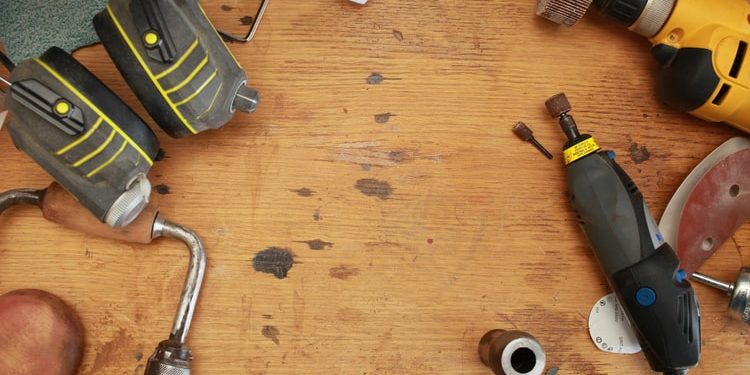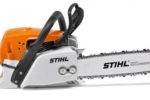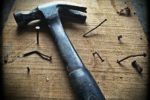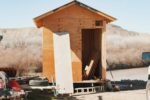Best Wood for Workbench | UK Guide | 2023

If you’re looking to build a workbench from scratch or plan on repairing an existing one, you’ll want to think carefully about the type of wood you’re using for the top. You have plenty of options when it comes to workbench top material, although a durable hardwood is almost always the best way to go. However, you’ll also want to consider other factors such as how frequently your workbench is used and its main function.
Smaller Workbenches
If you’re looking to construct a crafting workbench, you don’t have to go overboard when selecting material for a durable top. This type of workbench is generally on the small side and rarely has to deal with heavy-duty applications. As such, you can opt for a basic sheet of plywood for your workbench top. However, you don’t want to skimp on material thickness. Generally speaking, you’ll want a plywood top with a minimum thickness of around 0.75 inches.
If you have specific crafting applications in mind, you may want to tailor your workbench top with other surface materials. If you regularly work with delicate materials, consider covering some of the workbench top surface with durable fabric. If you regularly work with metal materials, consider securing a thin metal sheet to your workbench top.
General Function Workbenches
If your workbench has no specific function, you have more flexibility when it comes to choosing material for the top. Lumber is a solid option for workbenches that need to be durable and provide a good amount of load-bearing capacity. However, you will need to secure multiple lengths of lumbar in place to provide your workbench with a decent amount of surface area. Lumbar is definitely ideal for those who want a versatile workbench top that can cope with anything.
This heavy-duty wood is usually robust enough to cope with mounted tools and hardware, while superficial damage is not really something you have to worry about. You also have the added benefit of being able to replace individual lengths of lumbar should they become damaged, saving you the expense and hassle of having to replace the top entirely.
If your main interest is carpentry, you may also want to think about investing in a decent piece of MDF to replace a tired workbench top. Although MDF tops will eventually need replacing, they provide you with an incredibly smooth surface on which to work, with no prior preparation required. An MDF sheet with a decent thickness will also provide you with all the load-bearing capacity required for just about any job.
If you want to extend the life of your MDF workbench top, you can think about adding a basic finish to keep strains to a minimum. If your MDF top has become particularly weathered and damaged, you can also think about turning it over and using the reverse side before investing in a new piece of material entirely.





